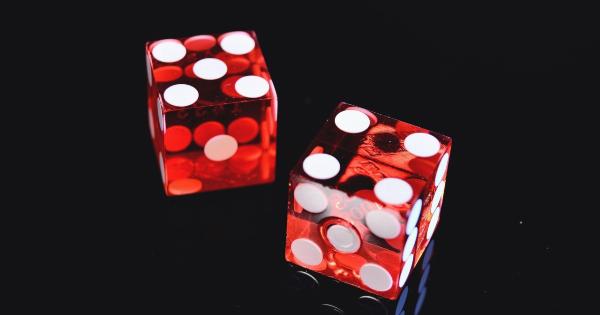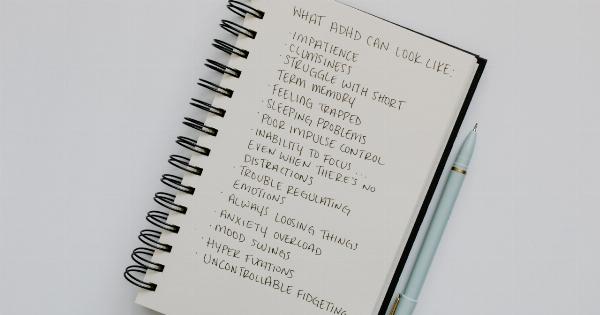Compulsive behaviors are repetitive actions or rituals that individuals feel compelled to perform. These behaviors often provide temporary relief or a sense of control, but they can become disruptive and interfere with daily life.
While everyone may experience occasional compulsions, some individuals develop more prevalent and problematic patterns. Here are the seven most prevalent compulsive behaviors:.
1. Obsessive-Compulsive Disorder (OCD)
OCD is a mental health disorder characterized by intrusive thoughts and repetitive behaviors or rituals. Common obsessions include a fear of contamination, a need for symmetry, or intrusive thoughts of harming oneself or others.
Compulsions may involve excessive cleaning, arranging objects, or repeatedly checking things. OCD can significantly impair a person’s ability to function and often requires professional treatment.
2. Hoarding
Hoarding refers to the excessive acquisition and inability to discard an excessive number of possessions, even items with little or no value.
Individuals with hoarding disorder often experience distress at the thought of getting rid of their belongings and may display difficulty organizing their living spaces. Hoarding can lead to severe clutter, safety hazards, and social isolation.
3. Trichotillomania
Trichotillomania, also known as hair-pulling disorder, involves the recurrent urge to pull out one’s hair from the scalp, eyebrows, or other body areas.
People with trichotillomania may experience tension before pulling and a sense of relief or gratification afterward. This compulsive behavior can lead to hair loss, significant distress, and impaired functioning.
4. Dermatillomania
Dermatillomania, or skin-picking disorder, is characterized by repetitive picking at one’s skin, resulting in skin lesions or wounds.
Individuals with this compulsive behavior may spend hours picking at perceived imperfections, such as acne or scabs. Skin-picking can lead to infections, scarring, and emotional distress.
5. Compulsive Gambling
Compulsive gambling, or gambling disorder, involves the persistent urge to gamble despite negative consequences.
Individuals with this compulsive behavior may experience difficulties controlling their gambling, chasing losses, or prioritizing gambling over other responsibilities. Gambling addiction can lead to financial problems, strained relationships, and psychological distress.
6. Compulsive Shopping
Compulsive shopping, also known as shopping addiction or oniomania, is characterized by excessive and uncontrollable shopping behavior.
Individuals with this compulsive behavior may make impulsive purchases and experience a temporary sense of satisfaction. However, the pleasure is short-lived, and compulsive shoppers may soon feel remorse, financial strain, and a need to continue shopping to alleviate distress.
7. Internet Addiction
Internet addiction refers to excessive and compulsive internet use that interferes with daily functioning.
People with this compulsive behavior may constantly check social media, play online games for extended periods, or engage in other online activities to the point of neglecting real-life responsibilities. Internet addiction can impact individuals’ relationships, work performance, and mental health.



























